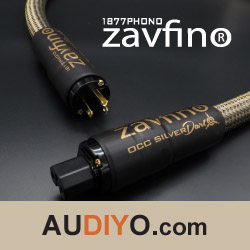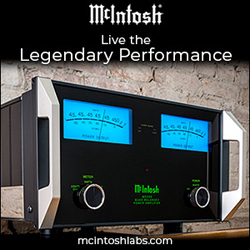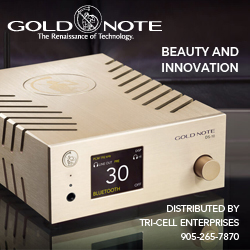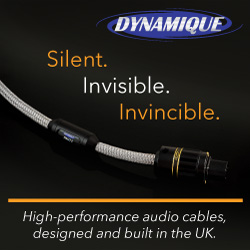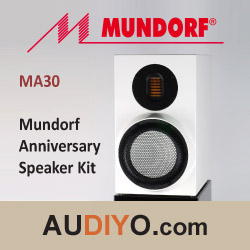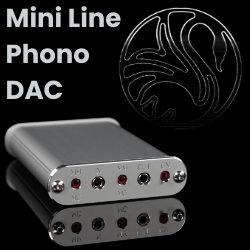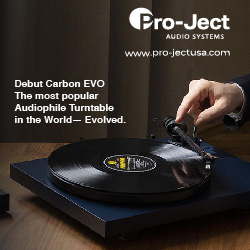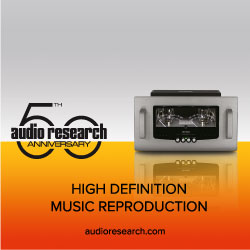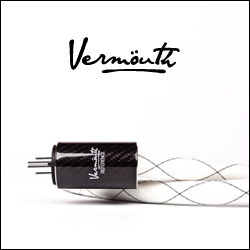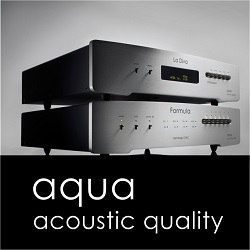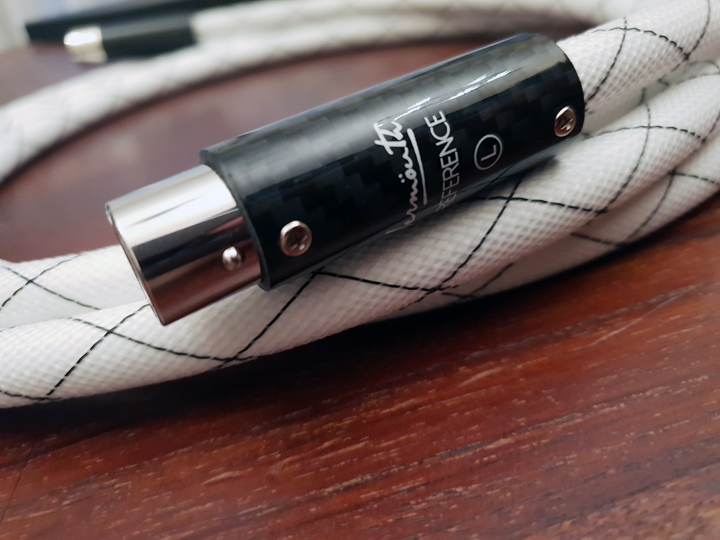
Next up was Andrea Bocelli’s “Because We Believe”, from the Amore album, played in standard CD quality (16/44.1). Andrea’s voice was delivered with a high level of energy but at the same time it sounded a bit strained, compared to the usual huge and enveloping voice I am used to. His bold, deep voice sounded just a little harsh to me. For comparison, I tried both the XLR and power cables with my ARCAM CDS50 player and the presentation sounded less strained, so this appeared to be somewhat of an isolated example. The overall presentation of this track leaned more towards a big soundstage and emphasized more of the details and clarity of the music. The Reference series design philosophy is to allow your system to reproduce the source exactly as it was recorded. Given that this track was recorded live, it did deliver the live atmosphere.
I seldom use reggae music in my reviews but as I was writing this review, a local male singer named Faizal Tahir had recently released a single called Mr. Ragaman. The popular song is a mix of reggae, rock and some local influences. What’s interesting is that Faizal Tahir is known for producing very well recorded tracks with a high level of audio quality. Playing this track, the percussion sounded very punchy and splashy. The Reference series cables allowed me to hear the fine details of all the percussion elements, from drum rim shots to cowbells. The guitar solo on this track sounded raw but it fit the bill, and complimented the reggae / rock mix. This track showed that the Reference series is able to provide a very open presentation, without compromising any musical details. Again, this was just a standard CD quality track.
Another album I included in my tests, was a heavier rock song that took me back to the 90s, when grunge was all the rage. One of the most influential grunge bands, Pearl Jam, was my choice of music to see how the Reference series cables handle this genre. I played the track “Daughter” from their Vs. album because I just love the guitar / drum intro – it’s one of the best sounding parts of the track in my opinion. The clarity and texture of the guitar strumming produced a very impressive, engaging sound. The sound of the hi-hat again showed to me that the Reference series cables are capable of achieving a very clean, transparent sound. The clarity of these cables allowed me to enjoy my music at a deeper level and that’s a great complement because I listen to a lot of music with my heart, not just my ears. The Reference series cables allowed me to establish an emotional connection to the music and raised my listening experience to a higher level.
Very satisfied with what I heard on the Pearl Jam record, I played something even heavier: Metallica’s rendition of “Whiskey In the Jar” from the Garage Inc. album. Kirk Hammett’s guitar riffs and solos sounded energized with the Reference cables in my system which resulted in a really engaging listening session. The separation between the different instruments was very apparent, as were the details / textures of each instrument. The bass line played by Jason Newsted was reproduced with high articulation and transparency, note by note. Lars Ulrich’s drums were heavy hitting, especially his work on the hi-hat, which sounded splashy but with also perfectly in control with the open-close-close routine. Overall, even with this high level of transparency, all of the instruments fused perfectly well with James Hetfield’s vocals, resulting a cohesive presentation.
Following the heavy metal genius of Metallica, I decided to cool things off a little with something mellow, the beautiful guitar works of The Gypsy Kings – music that I refer to as a ‘crowded’ genre. Why crowded? Simply because they can have up to 7 guitars playing at the same time. Putting on Bambaleo, the Reference cables once again produced an energetic sonic presentation, with a great synergy between all the guitars. This made for another very engaging session. I found the music to be mesmerising thanks to the well balanced delivery of all the guitars, percussion and vocals, yet each instrument played with a high level of real world transparency. Since I’m a guitar player myself, I could easily relate to the different layers of lead and rhythm guitars. This album was just a treat to listen to.
Conclusion
It’s been a while since upgrading cables in my system resulted in such an uplifting experience. The Vermouth Audio Reference series XLR interconnects and power cables reproduced songs familiar to me with more detail, clarity, control and an engaging presentation. This difference in sonic character was not a huge leap from my current cables but given the price point of the Vermouth Audio cables, the improvement was quite impressive if you consider the “clarity gained per dollar spent”. I found the cables to be forgiving with heavier music genres but also a tad sensitive with vocal recordings, at times making vocals sound slightly harsh. These cables made my music sound more open and inviting, without ever losing a grip on the overall musical presentation. If you feel that your system would benefit from achieving improved clarity, you should definitely give these cables a try. They just might do wonders for your system.
Review system
For this review, the Vermouth Audio Reference cables were used to power up SONY HAP Z1 ES HI Res player and connected to Musical Fidelity M6i integrated amplifier. It was then paired with PMC Twenty5 24 floorstanding speaker, ARCAM CDS50 SACD player, Clearaudio Solutions AMG Wood with Hana SL MC cart and Musical Fidelity M1 ViNL phono stage. Speaker cable by Vermouth Audio Black Pearl series and interconnects by Siltech 330L Classic Anniversaries.


